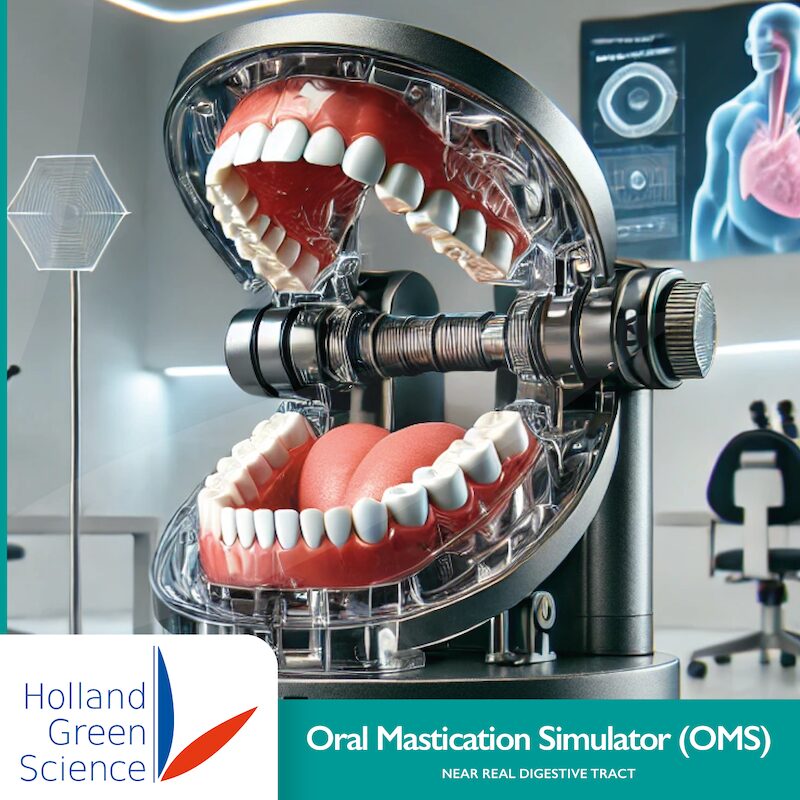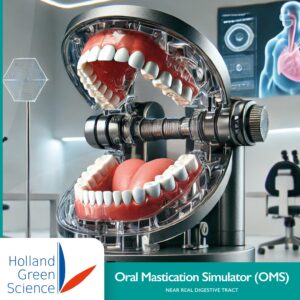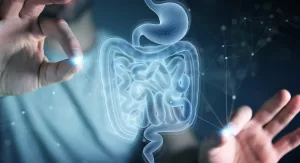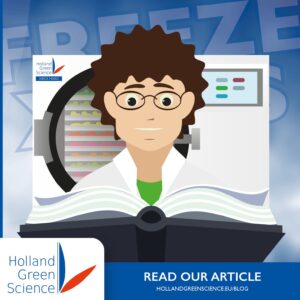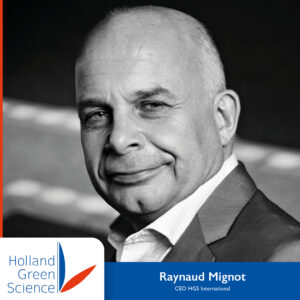In recent years, advancements in food science and research have led to a growing demand for innovative technologies that simulate human biological processes with precision. Among these innovations is the NERDT Oral Mastication Simulator (OMS), a state-of-the-art tool designed to replicate the complex dynamics of human chewing. This in vitro device is a game-changer for food scientists, researchers, students and nutrition experts aiming to understand the intricate processes involved of food breakdown and bolus formation. Pioneering articles have significantly contributed to the development of the NERDT OMS and its applications in food research, creating new insights and information for food innovations inside your laboratory.
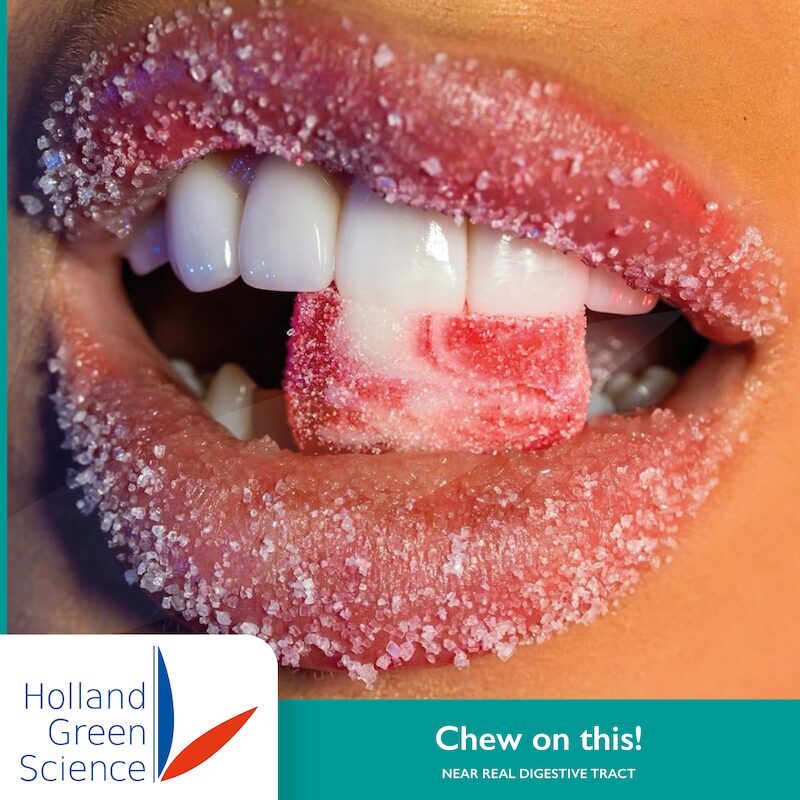
What is the NERDT OMS?
The NERDT OMS is a highly sophisticated machine that simulates the oral mastication process in a way that closely mimics the natural human experience. Unlike traditional methods such as food blenders, which fail to replicate the intricate details of human chewing, the NERDT OMS excels in producing food boluses that match in vivo results. From moisture content to particle size distribution, this tool ensures that the properties of food boluses created are nearly identical to those formed inside the human mouth. Replicating of food digestion that starts from the first bite.
A recently published study on ScienceDirect highlights the importance of this cutting-edge technology. Titled “Creating similar food boluses as that in vivo using a novel in vitro bio-inspired oral mastication simulator (iBOMS-Ⅲ): The cases with cooked rice and roasted peanuts”, the article demonstrates how closely the NERDT OMS can simulate real human mastication.
You can read the full study here on ScienceDirect.

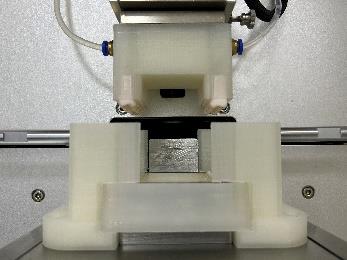
Why the NERDT OMS is a Game-Changer
Traditional food breakdown methods, like blenders, often fail to replicate the nuanced conditions of the human mouth. They lack the precise control over chewing forces, saliva interaction, and food repositioning that occurs during natural mastication. Or having subjects chew on samples is time consuming an still samples will vary from subject to subject, not ideal for repetitive expérimentations.
The NERDT OMS overcomes these limitations with advanced features such as:
- Saliva Interaction:
The simulator introduces controlled levels of artificial saliva, closely mimicking the moisture levels found in human boluses.
- Precision Chewing:
Adjustable settings for bite force and the number of chewing cycles allow for accurate simulation across different food types, whether soft or hard.
- Tongue Simulation:
A unique tongue mechanism ensures food is repositioned as it would be in the mouth, facilitating realistic chewing dynamics.
This level of control provides researchers with a new way to explore how different foods behave during the mastication process, leading to valuable insights into food texture, digestibility, and sensory perception.
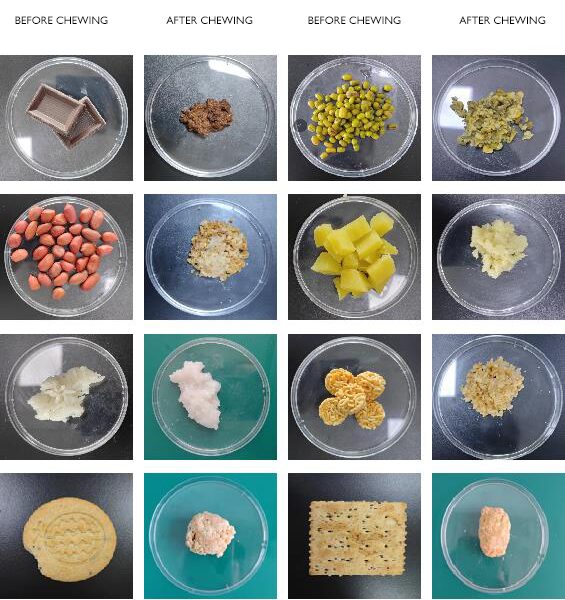
Applications of the NERDT OMS
The versatility of the NERDT OMS makes it an invaluable tool for a wide range of applications, including:
- Food Product Development:
Companies looking to optimize food texture or understand how their products are broken down during chewing can use the NERDT OMS to test formulations before launching them into the market. - Nutrition and Health Research:
By studying bolus formation and its impact on digestion, researchers can explore how different demographics (age, health conditions, etc.) experience food, offering crucial insights for nutritional guidelines and medical research.
| - Sensory Studies:
The machine’s ability to replicate human chewing offers a deeper understanding of how food textures are perceived in the mouth, aiding in the development of foods that cater to specific sensory preferences.
Expanding the NERDT System: From Mouth to Intestine
The NERDT OMS is just the beginning. As part of the broader NERDT system, it works in conjunction with other advanced in vitro NERDT models to simulate the entire digestion process and conditions. Beyond chewing, the NERDT system has evolved to include sophisticated models that replicate what happens to food after it leaves the mouth.
The NERDT Near-Real Digestive Tract In vitro series goes far beyond mastication. After the OMS precisely simulates the chewing process, the food passes through models that replicate the esophagus, stomach, and small intestine. These include:
NERDT™ Human: This advanced in vitro model continues the process by mimicking the digestive activity in the stomach, complete with acid exposure, peristaltic movements, controllable and emptying of the stomach and all the enzyme interactions. From the stomach, it continues to the small intestine, all in the same system. This allows researchers to follow the food from chewing all the way through digestion, enabling a complete analysis of nutrient breakdown and absorption.
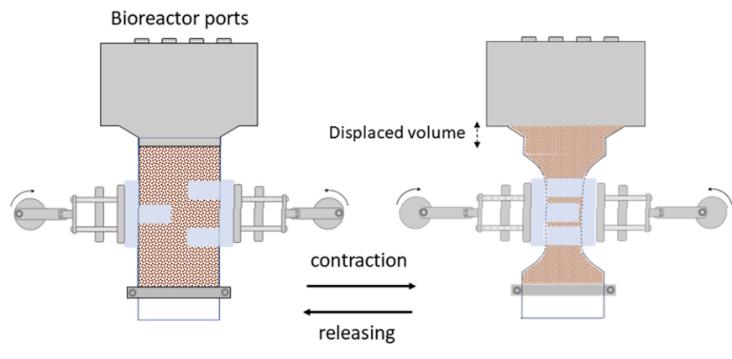
Together, these systems allow food scientists to study how different foods are processed through the entire human digestive system, from the first bite to the absorption of nutrients in the small intestine. The insights gained from these in vitro models have significant implications for food product development, nutrition research, and gastrointestinal studies. implementing the Infogest standards.
Read the Full Research
For those interested in the science behind the NERDT OMS, the comprehensive study detailing its capabilities and performance is available on ScienceDirect. The paper compares the results of food boluses produced by the simulator with those formed by human subjects, showcasing the device’s impressive accuracy. Read the full article here.
In conclusion, the NERDT OMS represents a significant leap forward in bio-inspired oral processing technology. Its ability to create realistic food boluses opens up new opportunities for research in food science, nutrition, and beyond. Whether you’re working in food product development or conducting scientific research, the NERDT OMS offers unparalleled insight into the complexities of human mastication.
Stay ahead in your research with the NERDT OMS—the future of mastication simulation is here.
